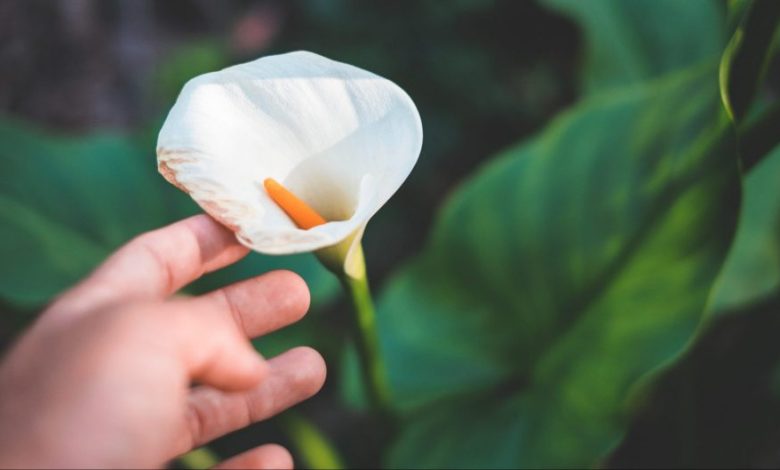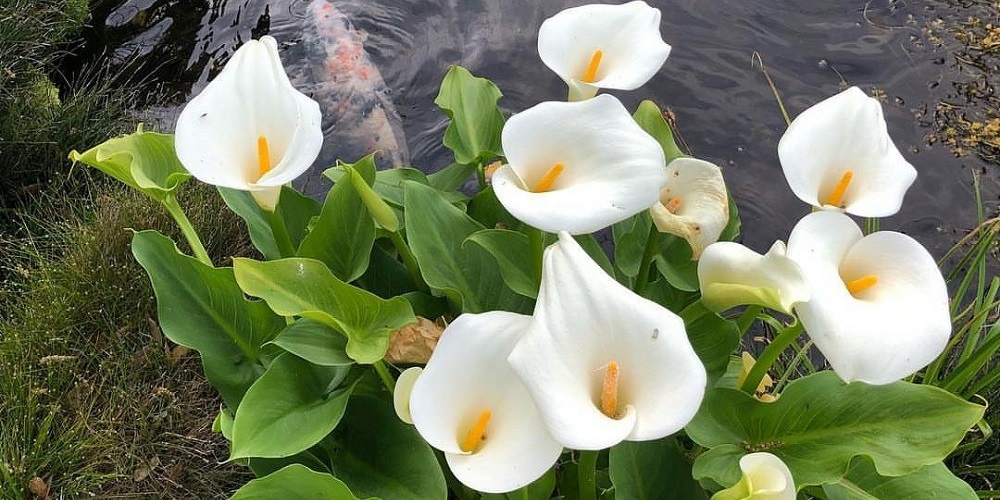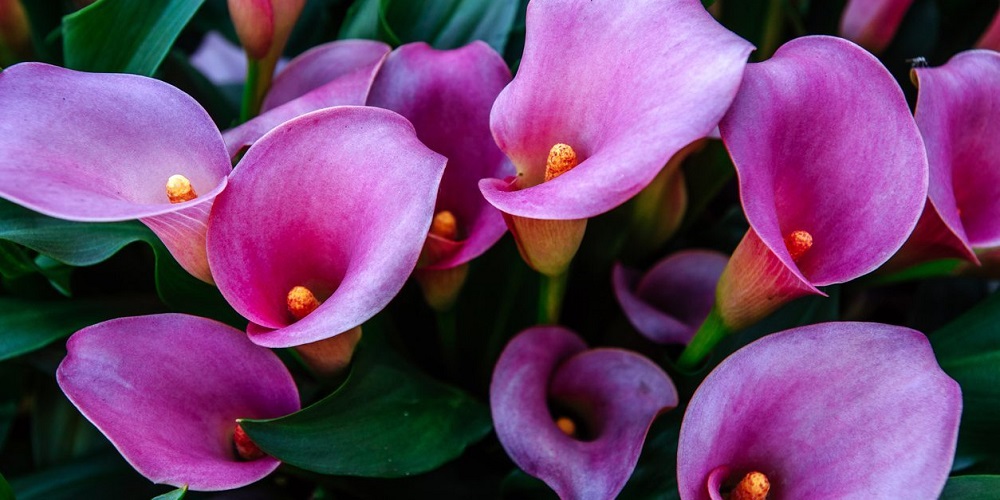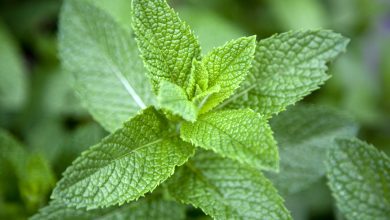Cala, the flower of water: properties and cultivation

In white, yellow or with cartridges of red, pink and other shades of flowers, the zantedeschia is a plant that does not go unnoticed. But her beauty is not the only relevant attribute. As such, there is more than one advantage to knowing when to plant calla lilies and caring for them so that they thrive in the garden.
Associated with Greek mythology, and with an appearance that has inspired various meanings, the calla is a plant with great ornamental potential. For this reason, we see it decorating and being the protagonist of large gardens in areas with temperate climates. In the same way, it is a plant with meaning for those who give it as a gift at special moments or want to use it as an ornament at weddings.
Although it is a toxic plant if consumed raw due to its oxalate content, it is said that its direct application on wounds can help heal them. In any case, its cultivation is not as complex as some might suppose and below we will explain what the most important care that must be provided for its healthy development is in coves.
Common names and characteristics
If at any time you wondered what a cove is, what probably happened was that you knew the zantedeschia aethiopica by another name. In America it is called alcatraz, but it is also named in other parts of the world as cartridge, Ethiopian ring and water lily and even duck flower or duck flower.

knowing its origin
It is best to be informed about what your calla plant’s natural state is and the environment that has given rise to the species. In this way, you will be able to adapt its environment to be similar and, consequently, the calla flower will appear when the time comes.
The water lily is a plant from Africa, specifically from the southern swamps. This already gives us an idea of the type of climate it needs to thrive. That is, abundant watering when the temperature is right, which helps it to flourish.
However, in some months (approximately 3 months in most species of coves) it also needs to remain slightly moist, so that it rests. This will simulate the dry times that occur naturally in the swamps, each year.
In general, it is a plant that adapts well to sites with temperatures between 15 to 20 ºC during flowering times. Although in rest periods it tolerates well a temperature of 10 ºC. For this reason, when it is grown in places where temperatures drop to below zero levels, annual planting should be used, since it will not survive. Or, it should be moved to a place that maintains the right temperature and enough light during this period.
Multiplication
Getting more coves is easy when you have a plant that has reached maturity and has finished its flowering season. This is when it is considered appropriate to remove the rhizome and divide it. The important thing is that only the areas with at least two buds are separated to create new plants.
To prevent bacteria and fungi from attacking the section where the cut was made, it is best to treat the surface with a fungicide. To ensure the effect of the treatment, the rhizome is allowed to dry for one to two days. While this is happening, the pot where the plant will grow in its first days is prepared. It does not need to be very large, one 10 cm deep and the same size in diameter will suffice. To provide the necessary nutrients during this stage, a substrate is prepared with fertile soil and peat.
An important part of this period being successful is keeping the pot in a warm place, at a temperature of 20 to 25ºC, watering only to moisten the soil a little.

If the whole process has been carried out correctly, new shoots will grow. Once they reach 20 centimeters, the new plant will be ready to be transplanted to its final place. Following this process, when the new flowering season arrives, you will be able to gather a large bouquet of coves, to decorate the interior of your home. It will be your decision to choose whether it will be white, purple, nuanced two-color cleats or the exotic black cleats.
As mentioned, at the end of the flowering season, the plant needs to go into a dormant period. When growing it at home, the substrate must be watered carefully, providing only enough water so that it does not dry out; should never flood. The reason behind this light watering is that too much can provide the ideal environment for bacteria and fungi to attack the root and rot.
Its meaning and how it relates to mythology
A curious fact related to calla flowers is that they have been mentioned in various legends of mythology. In fact, the flower is said to represent Hera, one of the Greek goddesses. The story tells that these plants arose as a result of the drops of their milk that fell to the ground.
As with other species, the calla has flowers that are given different meanings. Whites are associated with purity and fidelity, which is why they are used at weddings. They are also a symbol of rebirth, since they bloom around the time of Easter.
The red calla lily is perhaps the next most popular color variation to the white calla lily. Not only because of its intense and attractive tone, but because it has been used to represent passion, which is why it is often given to a loved one.



![Photo of Precision Agriculture: [Concept, Uses, Examples]](https://www.complete-gardening.com/wp-content/uploads/2022/08/precision-agriculture-concept-uses-examples-390x220.png)
